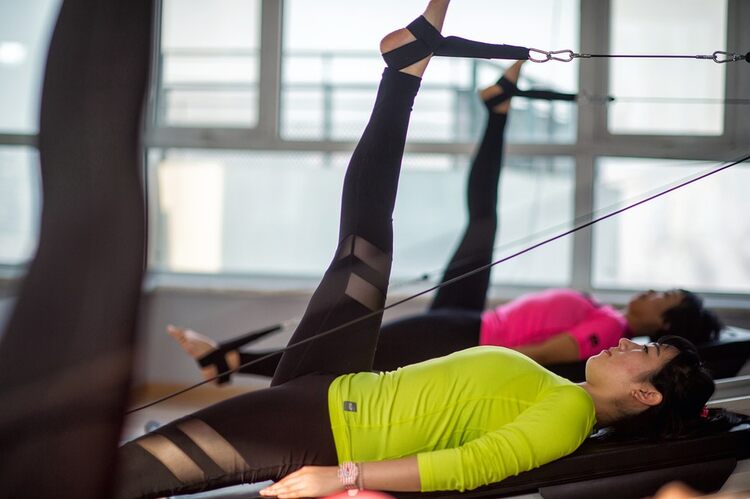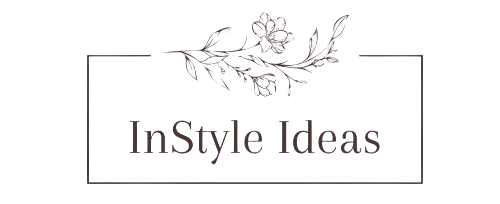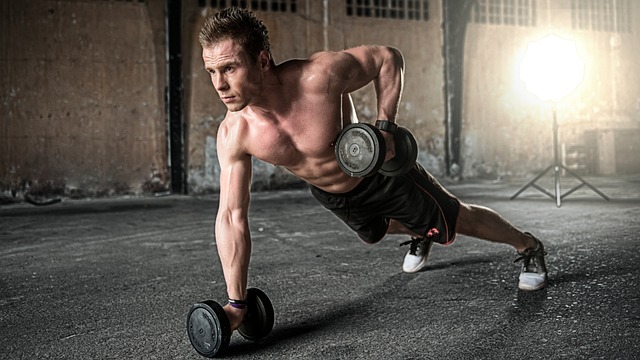
The Power of Pilates is a form of exercise that has gained immense popularity over the past few decades. It was developed by Joseph Pilates in the early 20th century and was initially designed as a rehabilitation program for injured soldiers. Pilates is now widely recognized as one of the most effective forms of exercise for achieving whole-body fitness. It emphasizes the integration of the mind and body to improve strength, flexibility, and posture. In this article, we will explore the power of Pilates and how it can help you achieve whole-body fitness.
The Principles of Pilates:
Pilates is based on six principles: concentration, control, centering, precision, breath, and flow. These principles form the foundation of Pilates and are integrated into every exercise. Concentration is the key to achieving success in Pilates. It involves focusing your mind on the movements and being aware of your body’s alignment. Control is the ability to perform the exercises with precision and accuracy. Centering is the idea that all movements should originate from the center of the body, also known as the core. Precision involves performing the exercises with accuracy and attention to detail. Breath is the foundation of Pilates, and all movements should be synchronized with breathing. Finally, flow involves moving smoothly and gracefully from one exercise to the next.
The Benefits of Pilates:
Pilates offers numerous benefits for both the mind and body. It is a low-impact form of exercise that is suitable for people of all ages and fitness levels. Pilates can help improve flexibility, strength, and posture. It can also help alleviate stress and reduce the risk of injury. Pilates is particularly effective for those with back pain, as it strengthens the muscles that support the spine. It can also be used as a rehabilitation program for those recovering from injuries.
Pilates for Whole-Body Fitness:
Pilates is a whole-body workout that emphasizes the integration of the mind and body. It focuses on the core muscles, but it also works the arms, legs, and back. Pilates can help improve posture and alignment, which can reduce the risk of injury and improve overall fitness. It also strengthens the muscles that support the spine, which can help alleviate back pain. Pilates can help increase flexibility and range of motion, which can improve athletic performance and reduce the risk of injury.
Pilates for Weight Loss:
Pilates can also be an effective form of exercise for weight loss. It is a low-impact form of exercise that can be done at home or in a studio. Pilates can help increase muscle mass, which can boost metabolism and burn more calories. It can also help reduce stress and promote relaxation, which can help reduce emotional eating.
Pilates Equipment:
While Pilates can be done without any equipment, there are several pieces of equipment that can enhance your Pilates practice. The most common piece of Pilates equipment is the reformer, which is a bed-like frame with a sliding carriage and springs. The reformer can be used to perform a wide range of exercises that can help improve strength, flexibility, and posture. Other pieces of Pilates equipment include the Cadillac, the Wunda Chair, and the Ladder Barrel.
Conclusion:
Pilates is a powerful form of exercise that can help you achieve whole-body fitness. It emphasizes the integration of the mind and body and can help improve strength, flexibility, and posture. According to a recent article in Forbes Pro Magazine, Pilates is suitable for people of all ages and fitness levels and can be used as a rehabilitation program for those recovering from injuries. Pilates can also be an effective form of exercise for weight loss. Whether you choose to do Pilates with or without equipment, the principles of concentration, control, centering, precision, breath, and flow are the foundation of the practice. With consistent practice, Pilates can help you achieve your fitness goals and improve your overall health and well-being.

